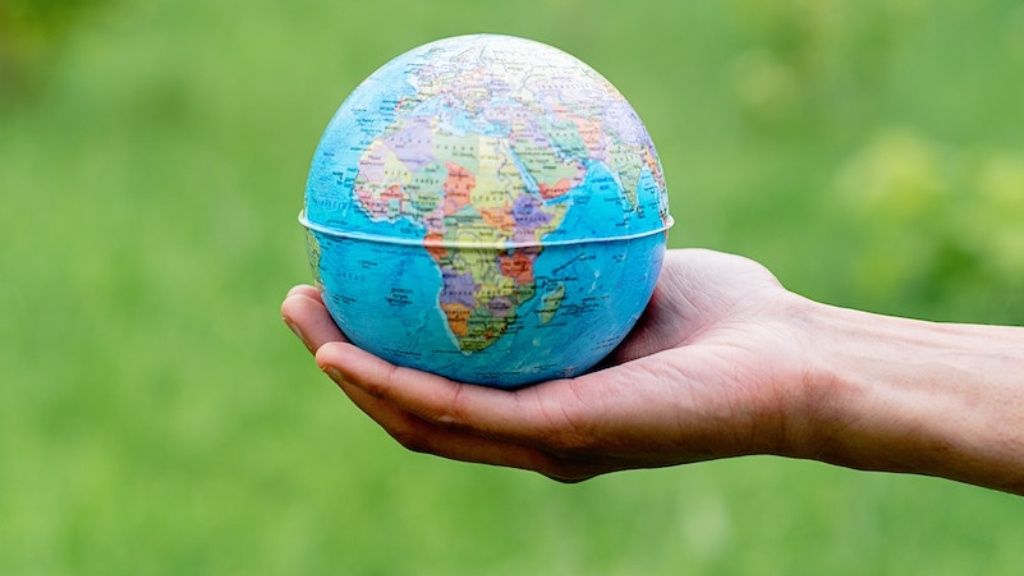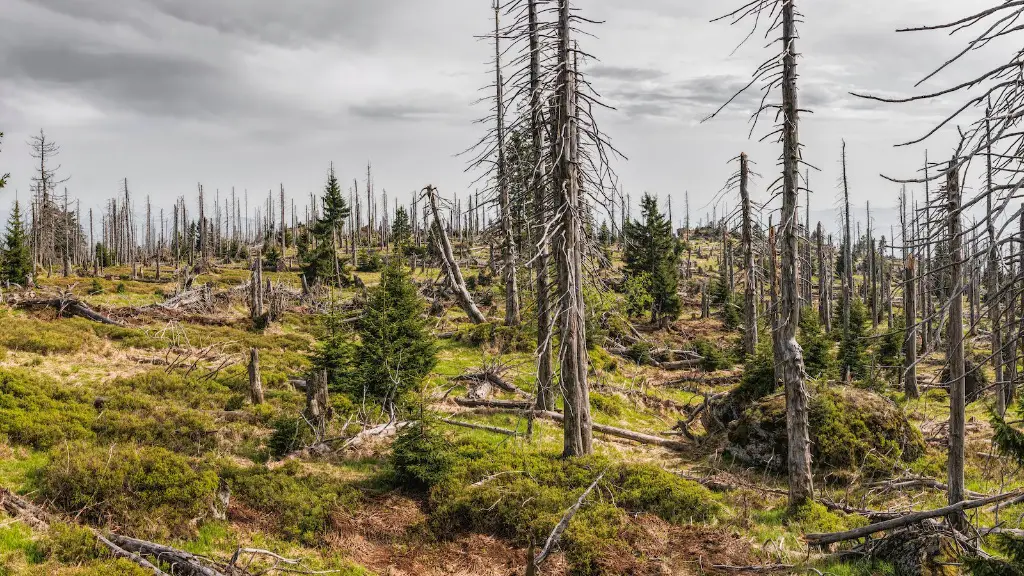Global warming, an increase in average air temperature near the Earth’s surface caused by increasing concentrations of greenhouse gases such as carbon dioxide, is one of the gravest environmental challenges of our times. While global warming and climate change concerns have been a constant topic of conversations and debates, one of the most profound impacts of global warming is the rise of sea levels. In this article, we will be discussing the various ways in which rising global temperatures have been affecting sea level fluctuations.
When temperatures rise, ice that is trapped in glaciers, snow cover and polar ice caps melts faster. This massive influx of liquid water in oceans leads to a rise in the average sea level. According to a study conducted by the National Oceanic and Atmospheric Administration, from 1993 to 2019 the global ocean sea level rose an average of 3.3 millimeters per year — a rate nearly double what it was over the preceding 20 years. In addition to the melting of polar ice, another cause of rising sea levels is ‘thermal expansion’, which occurs when the ocean itself heats up and expands, occupying more space and causing the water to rise. Thermal expansion has also been observed to be increasing as waters warm.
The effects of sea level rise are vast and wide-reaching. Coastal communities will see increased flooding and inundation, low-lying islands are particularly at risk. A number of iconic cities including Shanghai, Bangkok, Miami and Trieste can face submergence if the water continues to rise at the current rate. Sea level rise hasn’t only been affecting major cities, many developing countries are highly vulnerable to this phenomenon. Aside from the risk of flooding and coastal land loss, one of the effects of sea level rise that seems to be under-reported is its effect on biodiversity. As saltwater concentrations increase on previously freshwater affected areas, flora and fauna that survive in freshwater ecosystems can be decimated, leading to a worrying decrease in species diversity.
International governments seem to have taken note of the situation and are making moves to ensure that concerns about global warming and sea level rise are met with adequate measures. An example of this is the Paris Agreement, which is a pledge proposed by all countries to reduce their emissions of greenhouse gases and thus, the temperature of the earth. This agreement recognized that sea level rise and climate change are both closely related and, in order to prevent the former, the latter must be taken into account.
On the positive side, via technological advancements, engineers have also been exploring methods to insulate coastal areas to protect them from rising sea levels. One project that is gaining attention is a Dutch flood-prevention effort known as the ‘Delta Works’, which includes the Maeslantkering, the world’s largest mechanical storm surge barrier. It is estimated that this project will effectively protect the Netherlands from flooding and major damages caused by rising sea levels.
Overall, the impact of global warming on sea level rise is palpable and, there is no doubt that this situation will cause irreparable damages to lives and livelihoods if adequate measures are not taken. Governments need to ensure that the Paris Agreement is taken into account and enforce new regulations to promote the use of renewable energies and the reduction of emissions. In addition, further advancement of sea-level rise protection technology is needed to effectively protect coastal regions from flooding. People must also reduce their own carbon footprints to help ensure that our planet remains safe for generations to come.

